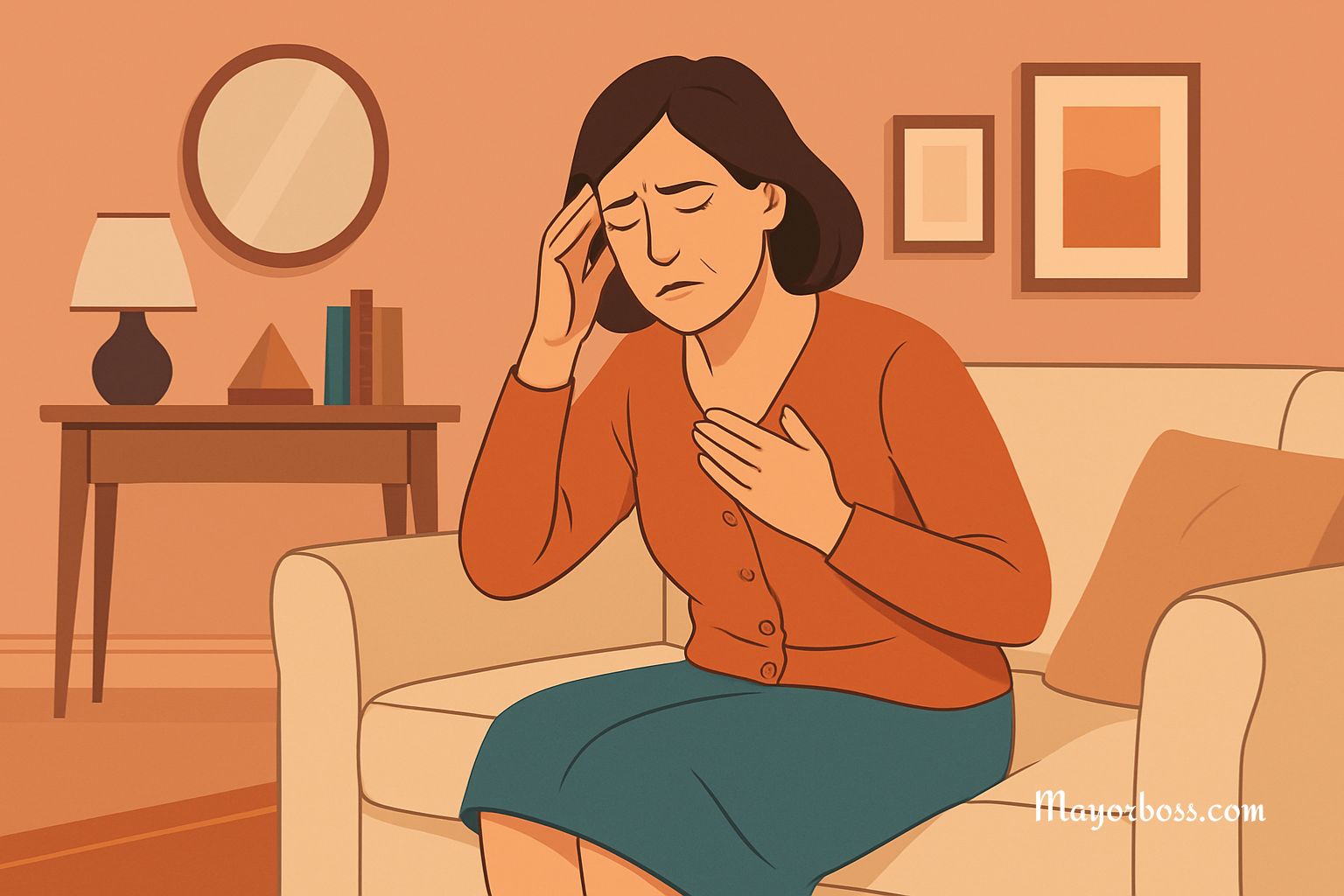How to Increase Your Blood Oxygen Level
Maintaining a healthy blood oxygen level is vital for overall well-being. When your blood oxygen level is low, your body may not get the oxygen it needs to function correctly, leading to various health issues. But don’t worry—there are practical steps you can take to boost your oxygen levels naturally. Keep reading to learn some effective means that can help you breathe easier and keep your body well-oxygenated.

Breathing Exercises Can Improve Your Oxygen Levels
Breathing exercises are an easy yet powerful way to increase your blood oxygen levels. Deep breathing helps you take in more oxygen, which is then distributed throughout your body. You can start with diaphragmatic breathing, also known as belly breathing. Here’s how to do it:
- Sit or lie down in a comfortable position.
- Place one hand on your chest and the other on your abdomen.
- Breathe in slowly through your nose, allowing your belly to rise as you fill your lungs with air.
- Exhale slowly through your mouth, letting your belly fall.
Practicing this exercise for a few minutes each day can significantly enhance your oxygen levels. Plus, it helps reduce stress, which can also contribute to better oxygenation.
Proper Hydration Helps Your Blood Carry More Oxygen
You might not think of water as a way to boost your oxygen levels, but staying hydrated is vital. Water makes up a large part of your blood, and when you’re well-hydrated, your blood can flow more easily. This, in turn, allows your red blood cells to transport oxygen more efficiently. Try to drink at least eight glasses of water a day.
Fresh Air and Regular Exercise Can Boost Oxygen Levels
Getting outside for fresh air and regular exercise is another fantastic way to improve your blood oxygen levels. Fresh air has a higher concentration of oxygen compared to indoor air, especially in natural environments like parks or near bodies of water.
Exercise is equally important. When you move your body, your muscles use more oxygen, which encourages your body to take in more air and deliver oxygen to your tissues. Aerobic exercises like walking, jogging, and swimming are particularly effective. Try to get at least 30 minutes of moderate exercise most days of the week.

Eating Iron-Rich Foods Can Enhance Oxygen Delivery
Iron plays a key role in the production of hemoglobin, the protein in your red blood cells that carries oxygen. If you’re not getting enough iron, your body may struggle to transport oxygen efficiently, thus leading to fatigue and other symptoms.
To keep your iron levels up, include plenty of iron-rich foods in your diet. Some great options include:
- Red meat and poultry
- Leafy green vegetables like spinach and kale
- Beans and lentils
- Nuts and seeds
- Iron-fortified cereals
If you’re concerned about your iron levels, a trip to the doctor might be helpful. Your doctor may recommend supplements or other treatments if you’re at risk of iron deficiency.
Avoid Smoking and Polluted Environments
Smoking and exposure to air pollution can seriously harm your lungs and reduce your blood oxygen levels. Smoking damages the lungs, making it harder for your body to take in oxygen and expel carbon dioxide. Polluted air, filled with harmful particles, can have a similar effect by irritating your respiratory system and reducing lung function.
If you smoke, quitting is one of the best things you can do for your health. According to medical experts, your lungs begin to heal as soon as you stop smoking, gradually improving your oxygen levels. Additionally, try to avoid spending too much time in polluted environments. If you live in an area with poor air quality, consider using an air purifier at home to help keep the air clean.
Consider Using a Humidifier
Dry air can irritate your respiratory system and make it harder for your lungs to absorb oxygen. This is especially true in winter when indoor heating can reduce humidity levels. Using a humidifier can add moisture to the air, hence making it easier to breathe and helping your lungs take in more oxygen.
Make sure to absolutely keep your humidifier incredibly clean to prevent the growth of mold and bacteria, which can cause respiratory issues. Aim for a humidity level between 30% and 50% for the best results, according to the U.S. Environmental Protection Agency.
Your Sleep Quality Impacts Your Oxygen Levels
Good sleep is essential for maintaining healthy blood oxygen levels. During deep sleep, your body repairs itself, and your breathing becomes more efficient. However, certain sleep disorders, like sleep apnea, can disrupt your breathing and lower your oxygen levels during the night.
If you presume you have sleep apnea or another sleep disorder, doctors recommend talking to your doctor about getting tested. Treatment options, like continuous positive airway pressure (CPAP) therapy, can help improve your breathing and ensure you get enough oxygen while you sleep.
Conclusion
Keeping your blood oxygen level within a healthy range is essential for your overall health and well-being. By practicing deep breathing exercises, staying hydrated, getting regular exercise, and eating a balanced diet rich in iron, you can naturally boost your oxygen levels. Additionally, avoiding smoking, managing your exposure to pollution, using a humidifier, and prioritizing good sleep can all contribute to better oxygenation.
If you ever feel consistently short of breath or notice symptoms like dizziness or fatigue, it’s a good idea to call a doctor. They can check your oxygen levels and provide guidance on how to manage any underlying conditions that might be affecting your breathing.






